Advanced Search
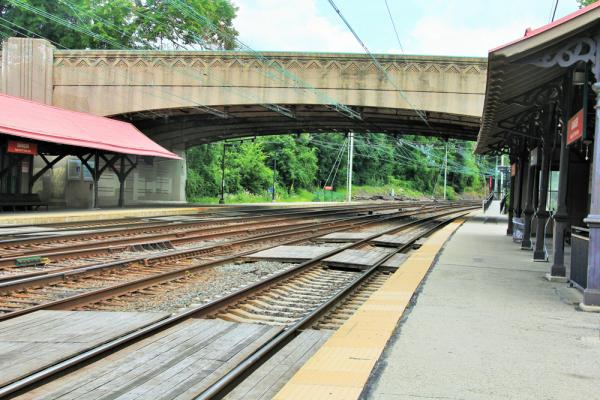
From the mid-19th century onward, the Pennsylvania Railroad’s “Main Line” trains spurred the development of affluent suburbs just northwest of the City of Philadelphia. Overbrook’s residential development benefited immensely from the railroad’s passage through West Philadelphia to the central city. Electric trolleys arrived in Overbrook in 1895.
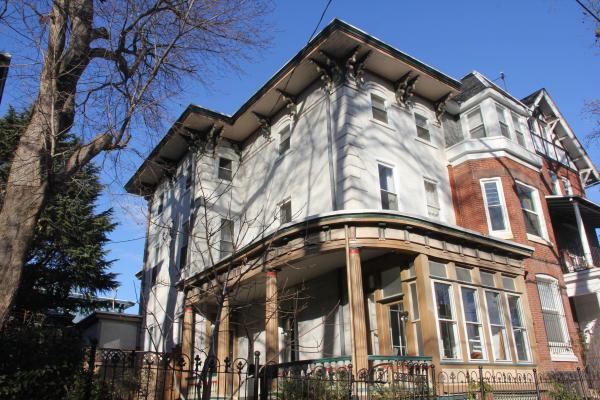
Thomas E. Miller was notable as a member of the South Carolina legislature and senate during the Reconstruction era; later, at the onset of the Jim Crow era, he served a short-term in the U.S. House of Representatives; he and his family arrived in Powelton in or around 1921.

Hannah Kent Schoff, a resident of Powelton, was a progressive advocate for the health and wellbeing of the nation’s children.
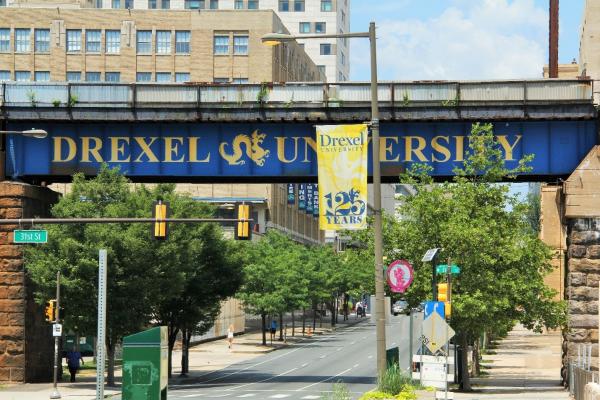
Drexel University, founded by West Philadelphian Anthony J. Drexel, has a rich history spanning over 125 years.
Anthony J. Drexel created the Drexel Institute of Art, Science, and Industry—the 1891 forefather of Drexel University—with the goal of providing working-class students with a balanced education and path of upward mobility.
Overbrook Farms, an elite turn-of-the-20th-century suburban development notable for its curvilinear streets and late-Victorian and early-modern houses arose in the quadrant of 59th to 66th streets between City Line and Woodbine Avenues. The project involved more than 50 architects; its hallmarks were (and still are) spacious late-Victorian and early-modern houses arrayed on curvilinear streets.
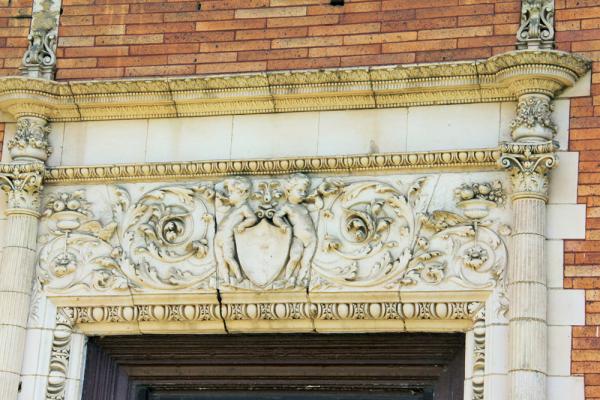
From the late-17th to the mid-19th century, Overbrook was home to agricultural estates and water-powered mills. By the turn of the twentieth century, it was a residential section of the city dominated by Overbrook Farms, with business activity concentrated along 63rd Street above Lancaster Avenue.
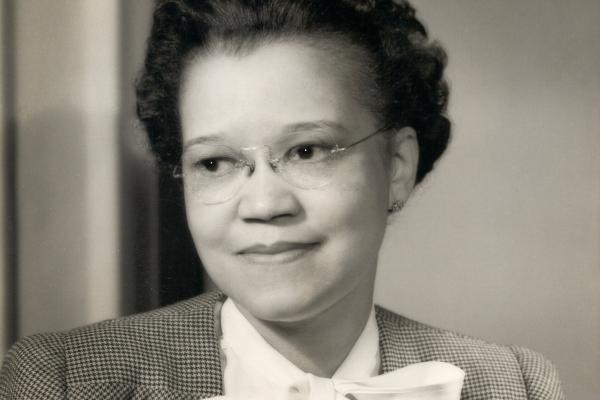
Sadie Alexander broke barriers of race and gender as the first African American woman to achieve many accomplishments, and she worked diligently to open opportunities for others to follow in her footsteps.

Two large migration streams fed West Philadelphia’s population growth in the first half the 20th century: The “Great Migration” of southern blacks to northern cities, and a wave of “new immigrants” from eastern and southern Europe.
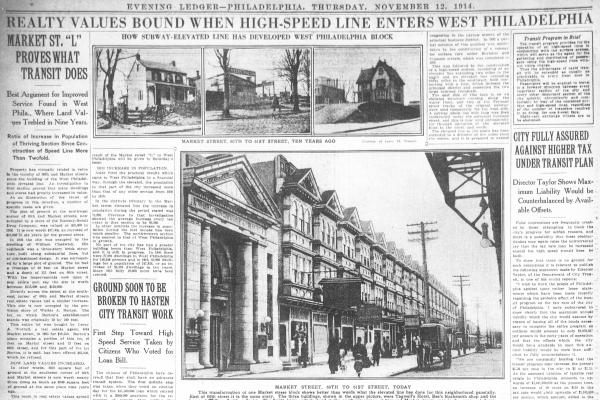
From before its opening in 1907, the Market Street Elevated spurred tremendous construction and population growth in West Philadelphia.
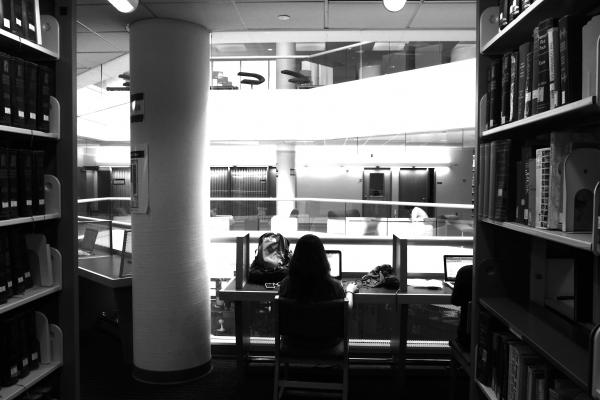
Over the course of the twentieth century, the academic program of the Institute grew to comprise an array of coeducational undergraduate and graduate programs in engineering, science, and technology, with engineering as the flagship discipline.
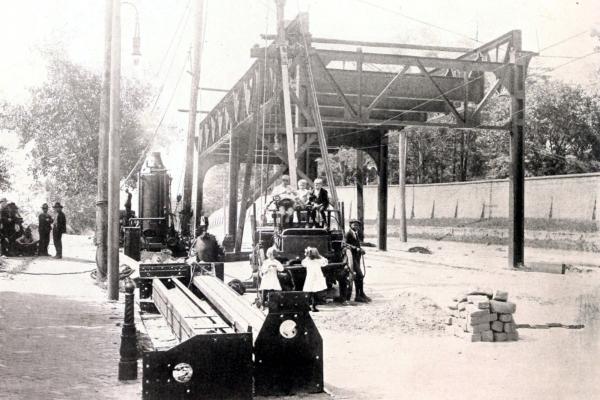
The Market Street Subway and Elevated opened in West Philadelphia in 1907, carrying commuters from three stations along the elevated line to 23rd Street, and from there underground to City Hall.